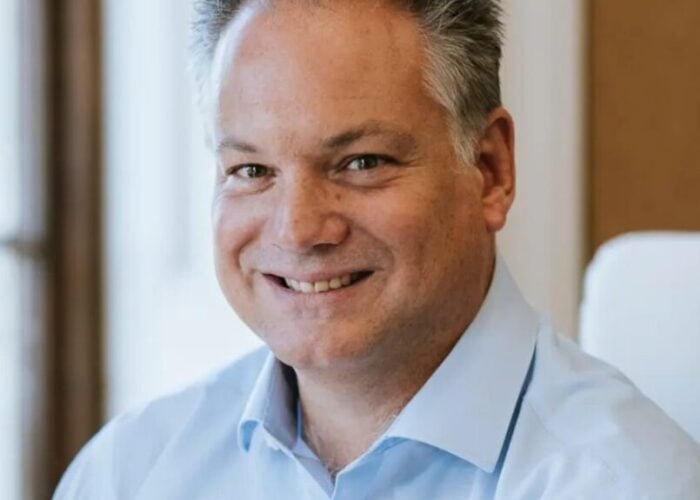The California Public Utilities Commission (CPUC) has amended aspects of its grid transparency tool to make it easier to deploy energy storage solutions in the state, following a motion from the Interstate Renewable Energy Council (IREC).
The CPUC has ironed out grid mapping rules within its Integration Capacity Analysis (ICA), which can be used to assess where distributed energy resources such as solar or battery energy storage systems could be added without significant upgrades to the grid. However, a statement from the IREC said there are some “significant gaps” in early versions of California utilities’ ICA maps that needed to be addressed.
Try Premium for just $1
- Full premium access for the first month at only $1
- Converts to an annual rate after 30 days unless cancelled
- Cancel anytime during the trial period
Premium Benefits
- Expert industry analysis and interviews
- Digital access to PV Tech Power journal
- Exclusive event discounts
Or get the full Premium subscription right away
Or continue reading this article for free
IREC, The California Solar and Storage Association, and the California Energy Storage Alliance put forward a motion for changes to the ICA last October.
California’s major utilities first published demonstration ICA maps in 2015, but later updated these with ICA 2.0 maps in December 2018. Historically, the ICA maps have helped utilities to identify opportunities for new generation projects such as rooftop solar installations.
However, due to issues with initial maps released by the entities, IREC said they showed the grid to be “significantly more constrained” than it is, and therefore did not help to identify areas that could be used to install load systems such as electric vehicle (EV) charging points.
The CPUC also ruled that data redaction, a policy that had initially been integrated into the mapping process to protect consumer privacy, had been overused in early ICAs.
Now, investor-owned utilities creating ICA maps are required to identify changes that would enable ICA results to show how EV charging stations could be added to customer property, or how to reduce their use of natural gas in buildings. Utilities will also be restricted from redacting some data from their ICA maps, and are required to improve their ICA data validation practices to avoid the presence of undetected errors.
Larry Sherwood, IREC president and chief executive, said the ICA process, which is referred to as hosting capacity analysis in other US states, will now force utilities to ensure ICAs also help “optimally site electric vehicle chargers and other new load sources.”
He added that placing more responsibility on utilities to create opportunities for more solar and storage deployment will help the state to meet its own climate goals. Solar and energy storage have been tipped to form the core of California’s energy transition, and the CPUC approved a roadmap last year to install 25GW of new renewable capacity by 2030, including 8.87GW of battery systems.
“If California is going to meet its ambitious climate goals, utilities must quickly facilitate customers’ use of solar, electric vehicles, energy storage, and electric heat,” Sherwood said.
“IREC commends the Commission’s decision, which will help facilitate the efficient electrification of the transportation and building sectors.”
The CPUC has stepped up attempts to install more EV technology across the Golden State as its own energy transition accelerates. It approved several measures last December that would support the adoption of EVs, including a special rate for San Diego Gas and Electric (SDG&E) commercial customers.






